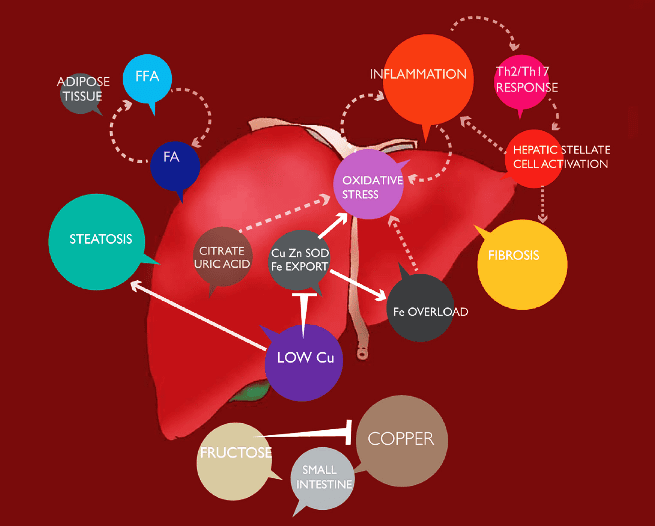Humans are rich in copper. And so are all other living organisms. An average human adult contains between 1.4 to 2.1 mg of copper per kilogram, mostly in liver, muscles, and bones. It plays a wide variety of roles in structural conformation and function of metalloenzymes. Copper is toxic, and it is promiscuous due to its high-affinity binding to specific and non-specific proteins. Therefore, it has to be kept at bay to counteract its cytotoxic effects in live cells. How do we stay healthy?
Copper is a cofactor in several metalloenzymes, using its redox states to facilitate their primary physiological functions – essential processes like protecting cells from oxidative stress (In Cu, Zn-Superoxide dismaTase) and reducing oxygen to water in the respiratory electron transfer chain (cytochrome c oxidase). However, metalloenzymes do not transport copper inside or between cells or regulate its intracellular levels.

Here are the major components of copper homeostasis:
- Small carriers and P-type ATPases (transporters) shuttle copper in (acquisition), around (distribution) and out (disposal) of cells.
- Chaperones maintain the cytosolic copper below very low concentrations and keep it from binding non-specific proteins.
Guiseppe Inesi from the California Pacific Medical Center Research Institute guest edited a recently published IUBMB Life Special Issue on Copper Homeostasis. It is a collection of critical reviews that address all of the above mechanisms. The first review from Dr. Inesi is an overview of molecular features of copper binding proteins involved in copper homeostasis. Four critical reviews that follow discuss specific mechanisms of copper homeostasis facilitated by human copper ATPases ATP7A and ATP7B, copper methallothioneins and the copper chaperone Atox1. The final two focus on the role of copper homeostasis in diabetes mellitus and fatty liver disease. Living organisms developed copper homeostasis to address those specific needs.

















